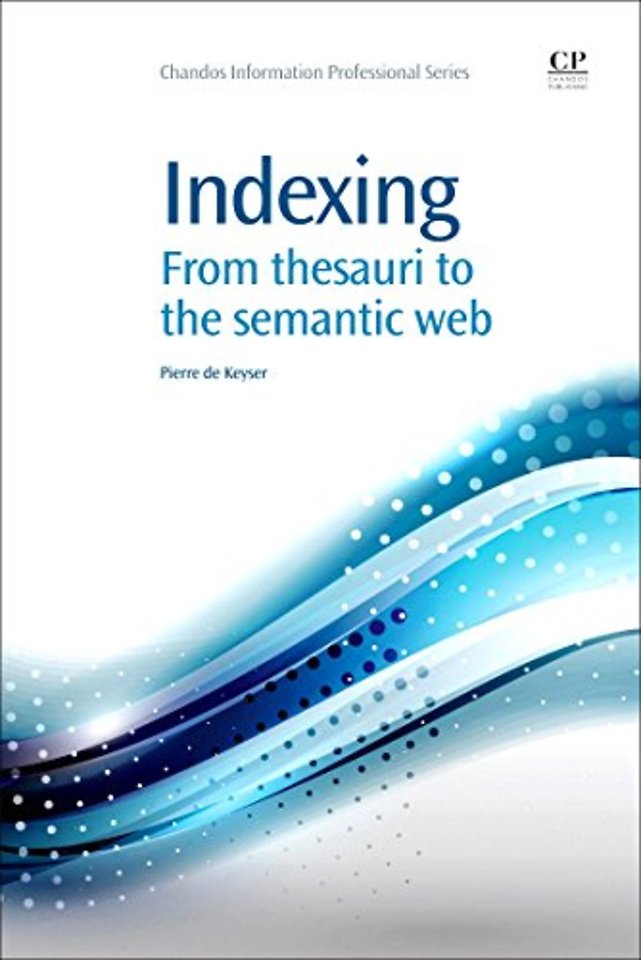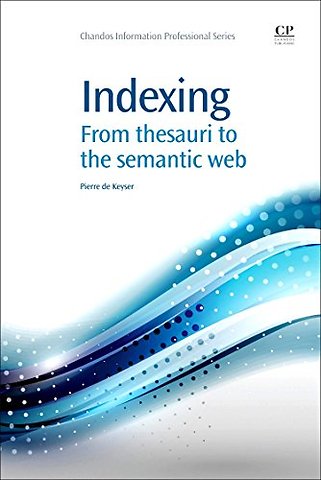Indexing
From Thesauri to the Semantic Web
Samenvatting
Indexing consists of both novel and more traditional techniques. Cutting-edge indexing techniques, such as automatic indexing, ontologies, and topic maps, were developed independently of older techniques such as thesauri, but it is now recognized that these older methods also hold expertise.
Indexing describes various traditional and novel indexing techniques, giving information professionals and students of library and information sciences a broad and comprehensible introduction to indexing. This title consists of twelve chapters: an Introduction to subject readings and theasauri; Automatic indexing versus manual indexing; Techniques applied in automatic indexing of text material; Automatic indexing of images; The black art of indexing moving images; Automatic indexing of music; Taxonomies and ontologies; Metadata formats and indexing; Tagging; Topic maps; Indexing the web; and The Semantic Web.
Specificaties
Inhoudsopgave
Net verschenen
Rubrieken
- aanbestedingsrecht
- aansprakelijkheids- en verzekeringsrecht
- accountancy
- algemeen juridisch
- arbeidsrecht
- bank- en effectenrecht
- bestuursrecht
- bouwrecht
- burgerlijk recht en procesrecht
- europees-internationaal recht
- fiscaal recht
- gezondheidsrecht
- insolventierecht
- intellectuele eigendom en ict-recht
- management
- mens en maatschappij
- milieu- en omgevingsrecht
- notarieel recht
- ondernemingsrecht
- pensioenrecht
- personen- en familierecht
- sociale zekerheidsrecht
- staatsrecht
- strafrecht en criminologie
- vastgoed- en huurrecht
- vreemdelingenrecht

